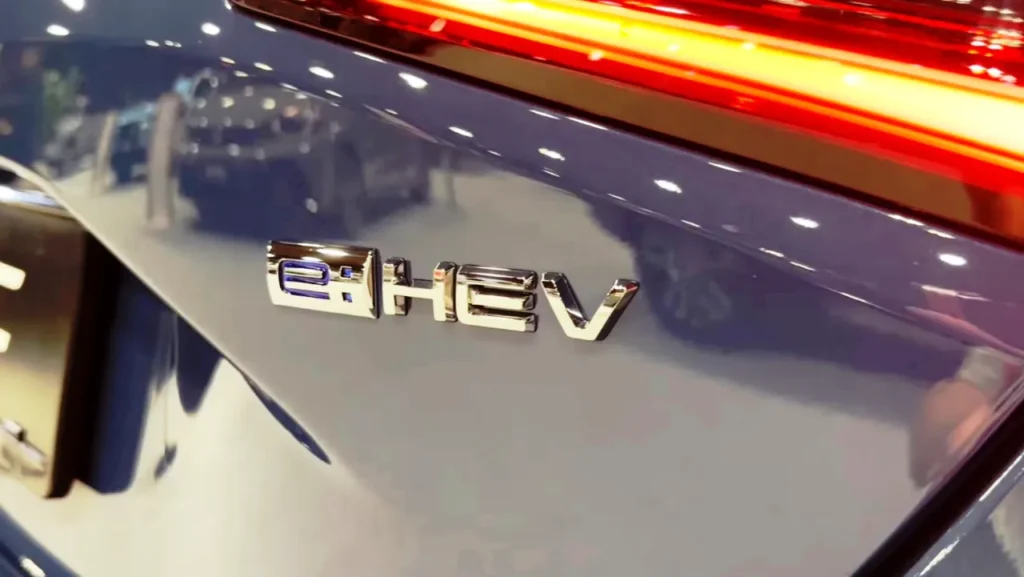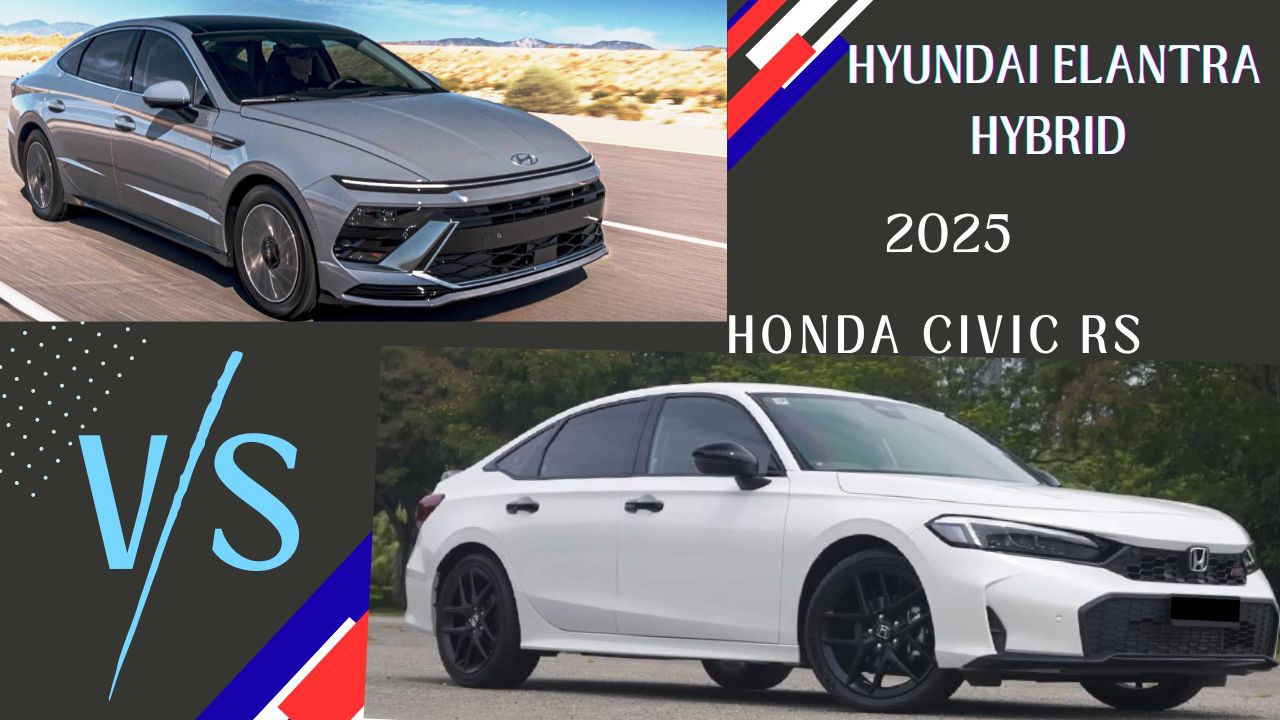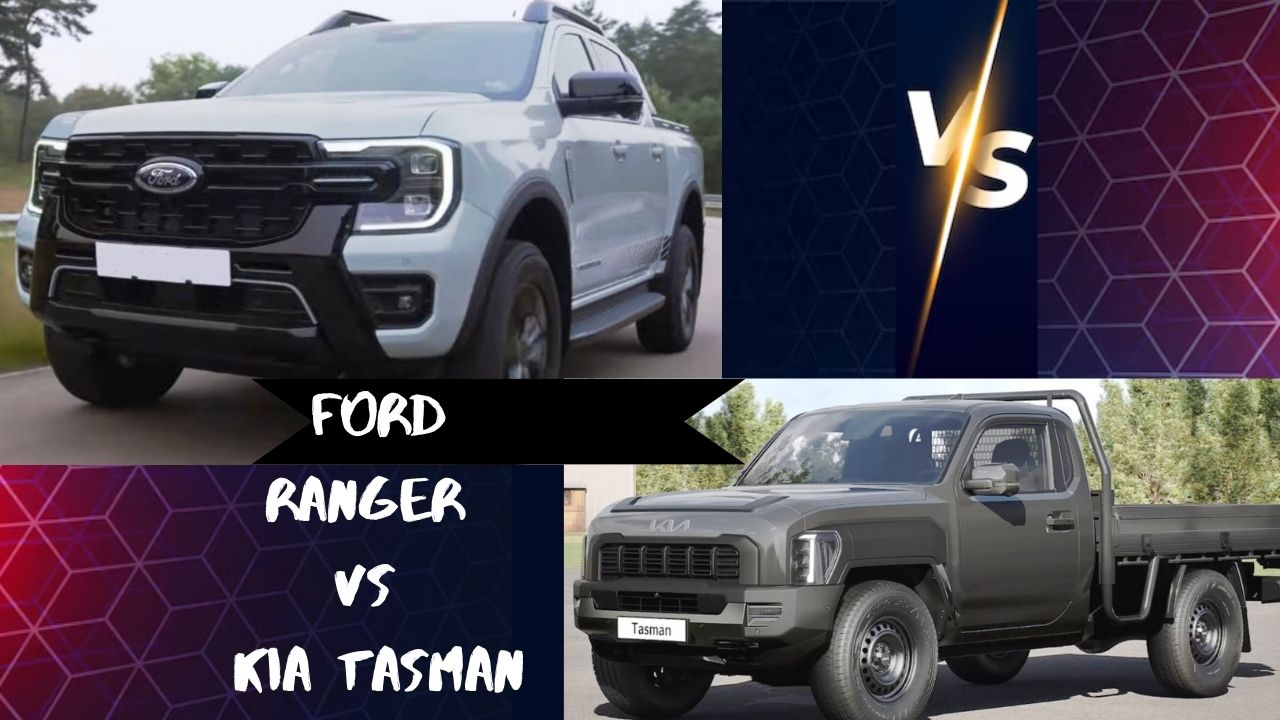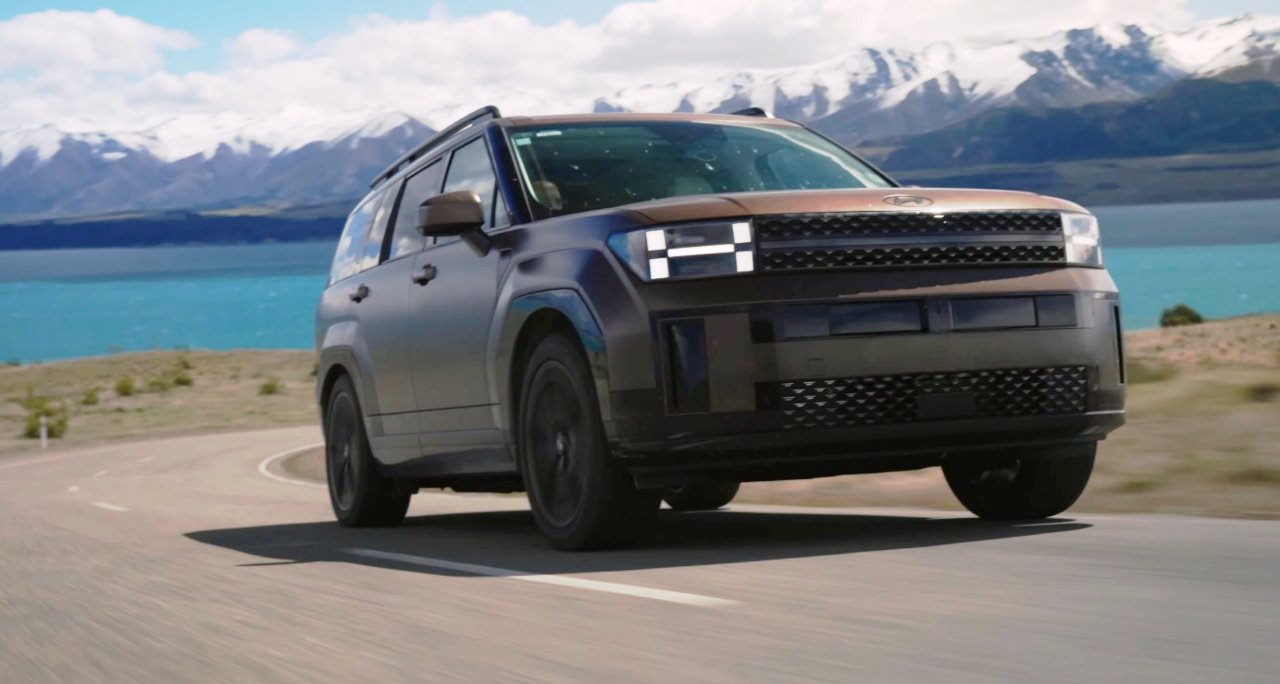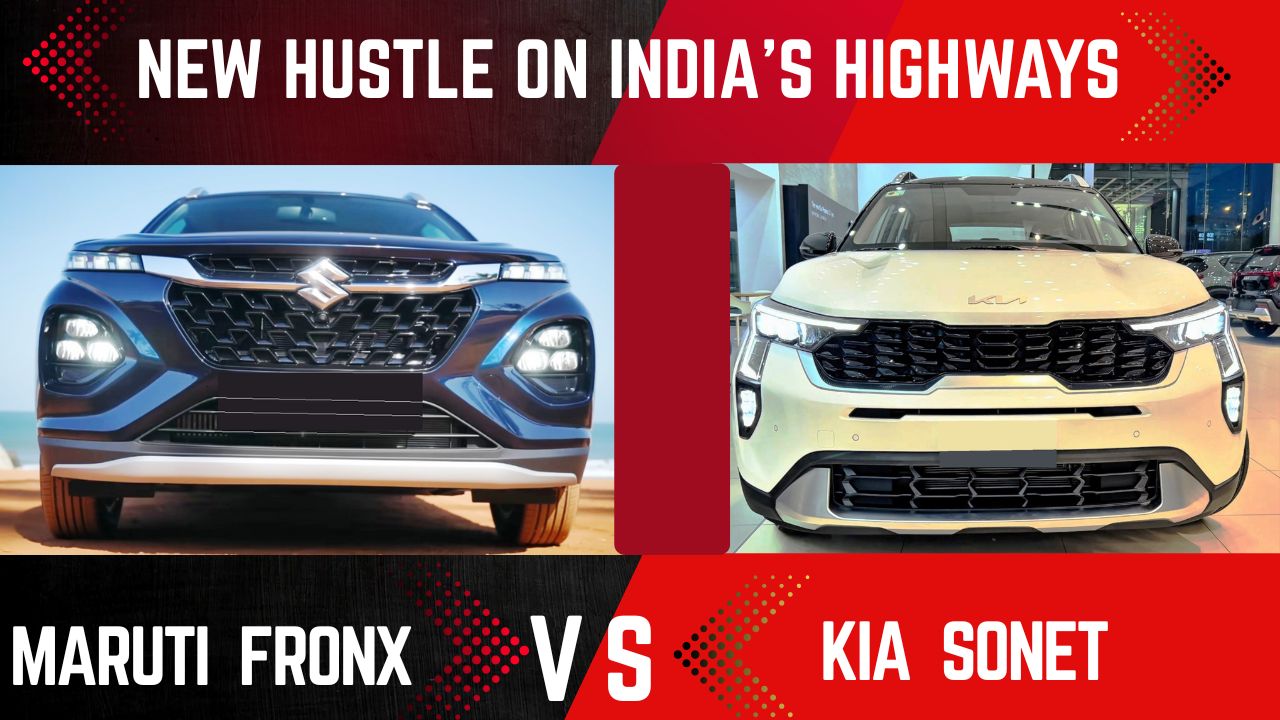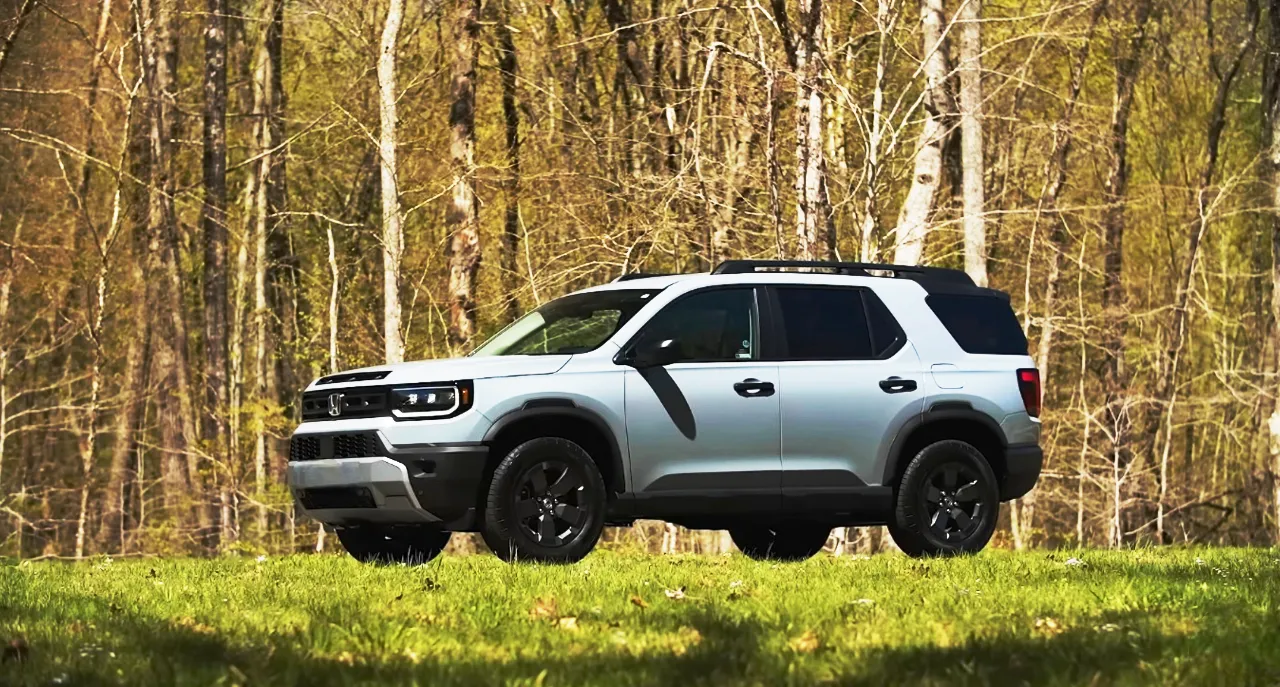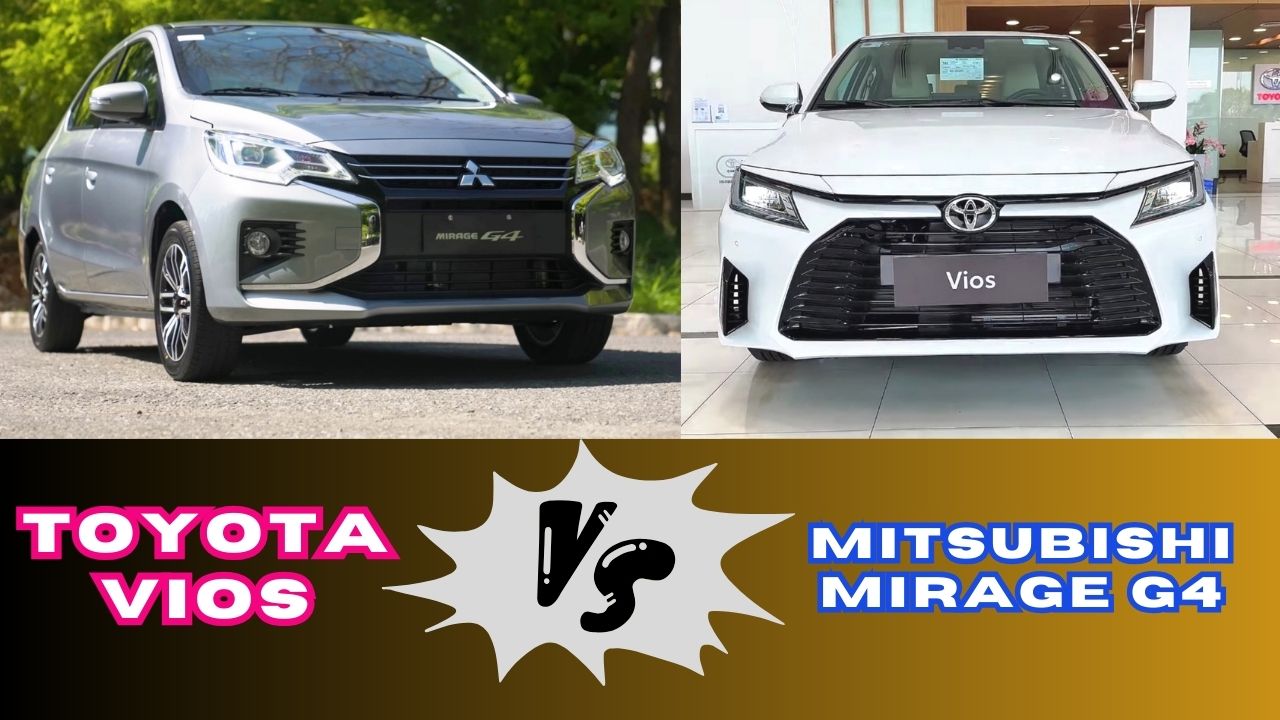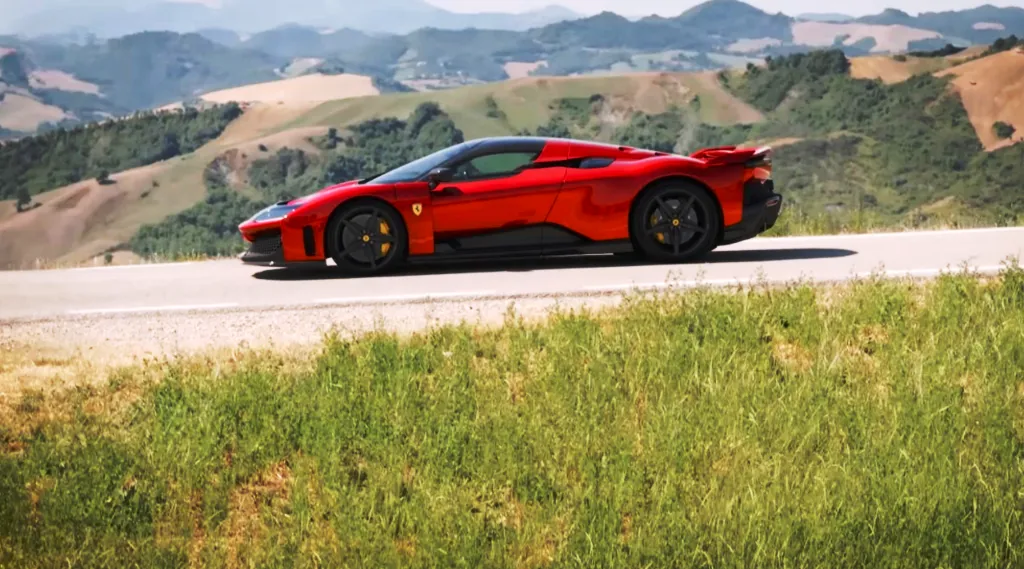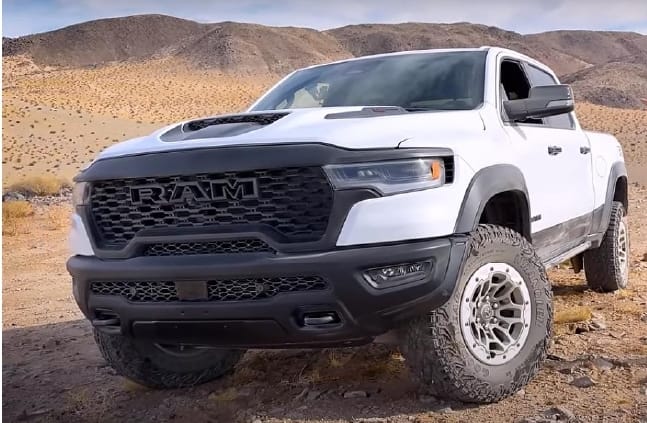2026 Honda Civic Review: Redefining a Compact Legend for the Next Generation
The 2026 Honda Civic is finally here with hybrid technology, upscale interiors, aggressive performance, and sophisticated safety. Read our comprehensive review that includes history, features, driving impressions, pricing, pros & cons, and why the Civic remains the benchmark for the compact car class.
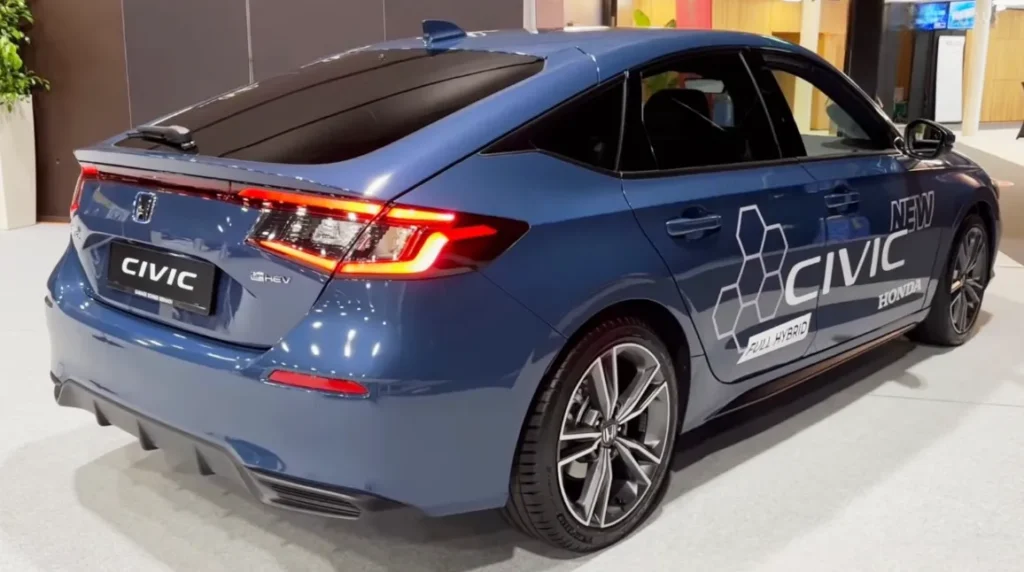
A Civic Story – From Humble Origins to International Icon
The Honda Civic has never been the loudest vehicle in the room, but it has always been the most trusted one. In 1972, when the Civic first rolled out onto streets, the world had no idea that they were watching the dawn of an automotive icon. The oil crisis loomed on the horizon, muscle cars gorged themselves on gasoline, and motorists were clamoring for something practical, efficient, and reliable.
Step into the Civic. A humble, diminutive hatchback that could do what others couldn’t — get more mileage out of a gallon of fuel and still provide reliability. And that combination made it an overnight sensation.
Flash forward five decades, and the Civic is more than an automobile. It’s been the first vehicle for hundreds of thousands of students, the trusty daily for families, the blank sheet for tuners around the globe, and the go-to weapon for racers in local competition. It has long outlasted its opponents who made fun of it. It has endured waves of SUVs that sought to make it obsolete.
Now, the 2026 Honda Civic arrives on the scene in a world where EVs are making headlines and crossovers fill the showrooms. And somehow, Honda isn’t profusely apologizing for producing a compact sedan and hatchback — it’s embracing it. This isn’t an update to the Civic. It’s Honda reminding the world why the Civic was first a global icon.
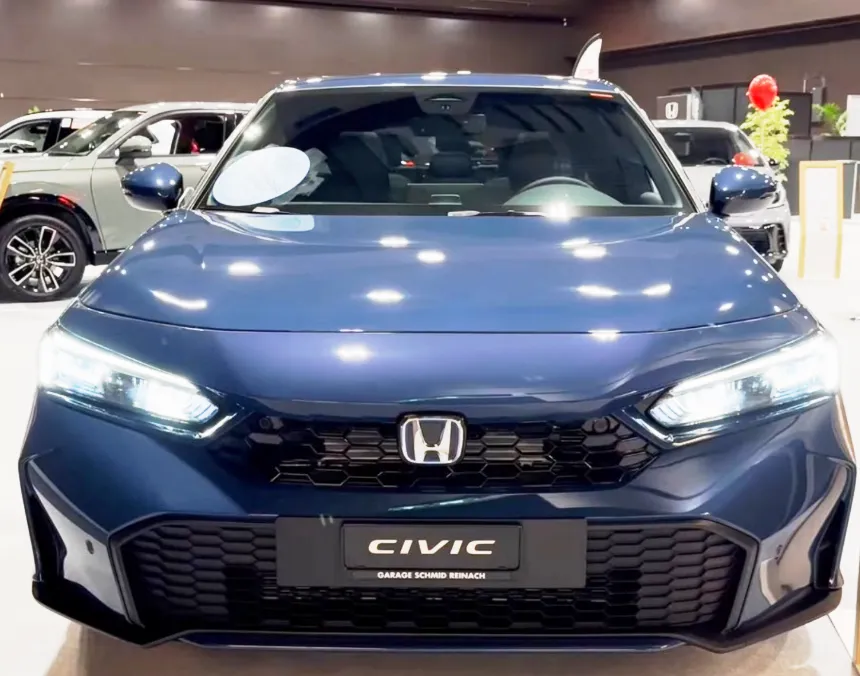
Interior and Build Quality – Where Practical Meets Premium
Open the door of the 2026 Civic and you’re greeted with something many compact cars lack: restraint. Honda doesn’t clutter the cabin with gimmicks. Instead, it creates an environment where form and function coexist.
- Materials &Touchpoints: Even in base trims, you’ll find surfaces that feel solid, not hollow. Soft-touch materials line the dashboard and doors. The climate control dials have that “click” of quality. In higher trims, subtle details like contrast stitching and ambient lighting elevate the mood without trying too hard.
- Infotainment: The 7-inch screen on base trims is sufficient, but the added 9-inch in upper trims is modern and sharp. Wireless CarPlay and Android Auto reduce cables, and the response is quick enough to challenge some upscale systems.
- Space & Comfort: The Civic is a compact by name, but Honda engineers know how to squeeze space out of every inch. Rear passengers get proper legroom, the seats are shaped for long-haul comfort, and the hatchback variant transforms into a weekend hauler with the seats folded down.
The Civic’s cabin doesn’t shout. It simply whispers: “I’m built to last.”
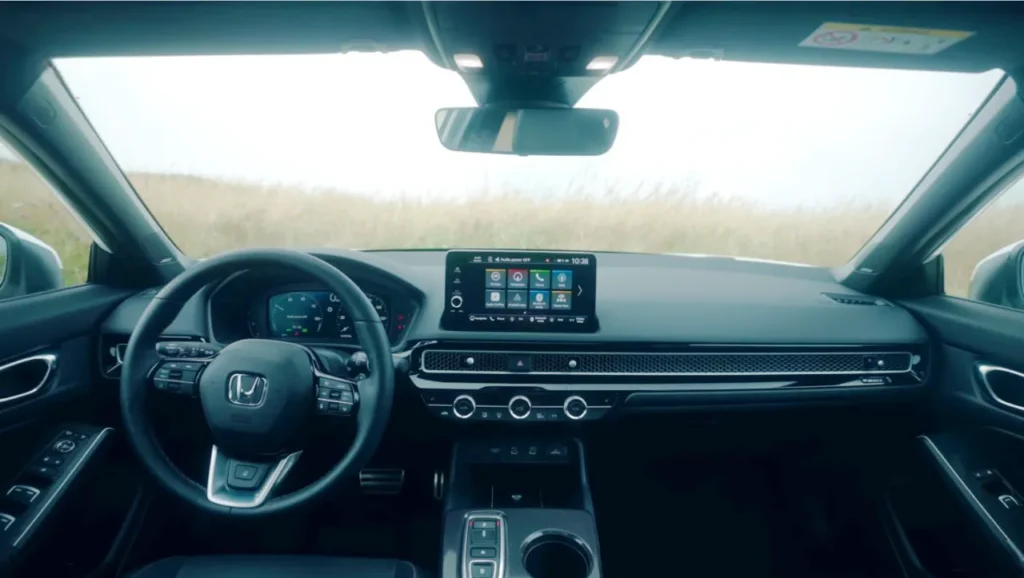
Performance – Three Flavors of Civic DNA
Honda realizes Civic customers aren’t universal. Some desire gas mileage, some desire performance, and others desire a middle ground. That’s why the 2026 Civic lineup is three cars with one soul.
- 2.0L Naturally Aspirated (150 hp): This is the reliable option. Smooth and quiet, designed for drivers who just want a car that works — each morning, each commute, each long road trip. Not fast, but loyal.
- Civic Si (1.5L Turbo, ~200 hp, manual): Enthusiasts get a reminder of Honda not forgetting where it came from with the Si. A six-speed stick in 2026 is almost an act of rebellion. Turbo kick is what makes backroads enjoyable, and the steering is sharp enough to get you to remember why Civics have always been tuner aficionados.
- Hybrid (~200 hp total): This is the Civic’s trump card. With virtually instant torque from its electric motors, it out-dances the horsepower in city driving. But driven carefully, it delivers almost 50 mpg — parsimony that would make some EVs blush.
Regardless of which flavor you choose, the Civic’s DNA remains intact: balanced handling, predictable response, and a ride that hits the sweet spot between comfort and control.
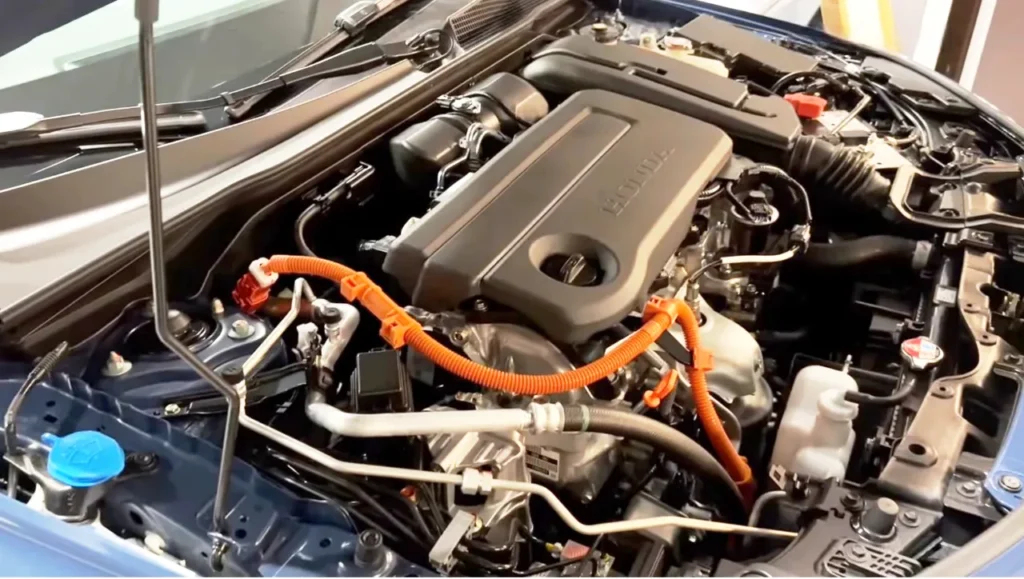
Safety Features – The Silent Co-Pilot
Honda is aware that the Civic is quite frequently a family’s first new vehicle, and it doesn’t hold back on protection. Honda Sensing Suite is included on all trims, meaning even the base trim features:
- Collision Mitigation Braking
- Lane Keeping Assist
- Adaptive Cruise Control
- Traffic Sign Recognition
- More trims bring tech previously exclusive to luxury vehicles:
- 360° Surround View Camera – ideal for inner-city parking
- Blind-Spot Intervention – subtly gets you back on course if you’re in danger of cutting off another driver
- Driver Fatigue Monitoring – since caffeine can’t always stay in the tank
The Civic not only keeps you safe in an accident — it actively does everything in its power to avoid one.
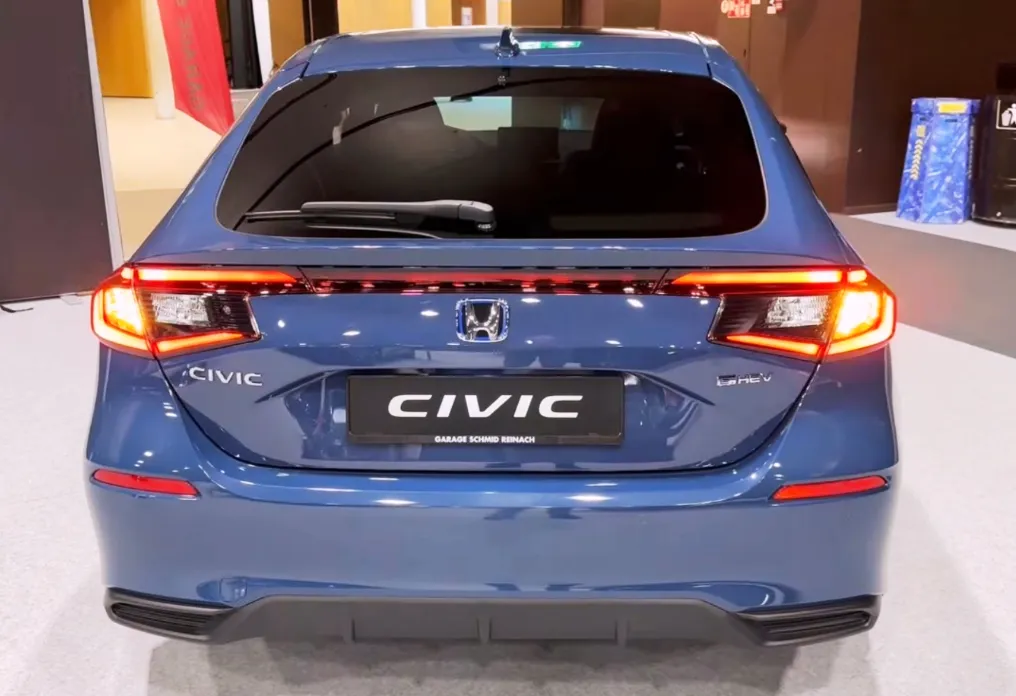
Capabilities – The Civic’s Secret Superpower
Part of the reason the Civic has endured for 50 years is versatility. It doesn’t confine itself to a single persona.
For commuters: Versatile engines, hybrid features, and economy on the road make it a workhorse for the daily commute.
For families: Spacious interiors, solid safety scores, and a reputation for dependability provide assurance.
For enthusiasts: The Si keeps driving fun alive with a manual transmission and sporty feel.
For travelers: Cushy ride, hushed cabin, and spacious cargo room (particularly the hatchback) make it road-trip capable.
The Civic is a Swiss Army knife on wheels — not the most glamorous instrument, but the one you instinctively go back to because it never fails.
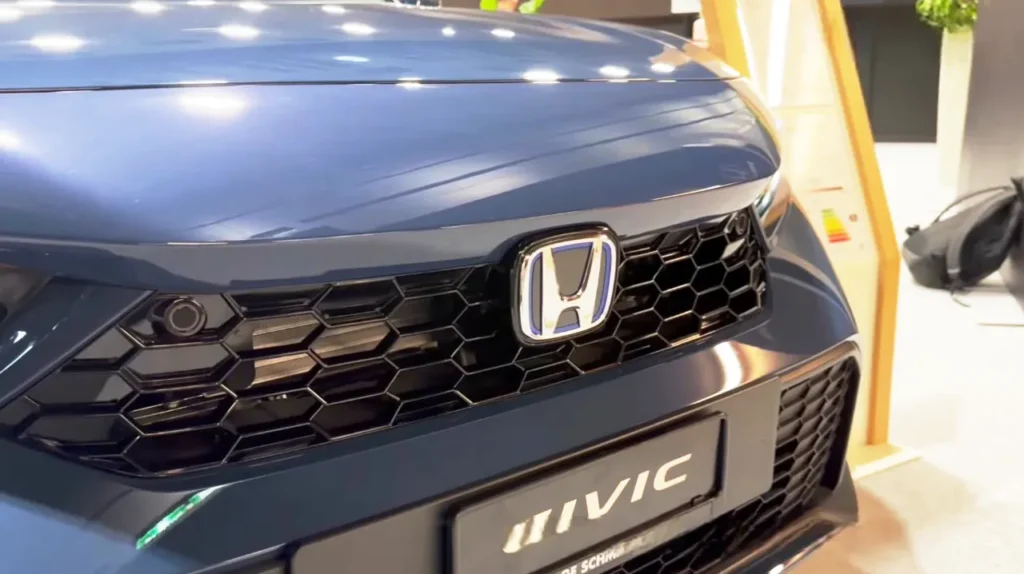
Pricing and Availability – Value, Not Cheap
Honda has always marketed the Civic as smart money — not cheapo bargain-basement, but priced to bring long-term value.
- LX Sedan: Approximately $24,500
- Sport Sedan: Approximately $26,500
- Hybrid Sport/Touring: $30,000–$33,000
- Civic Si: Approximately $31,000
Global rollout begins late 2025 in North America, followed by Europe and Asia in 2026. Look for hybrid trims to dominate in markets such as India and the EU, where fuel economy and emissions are top priorities.
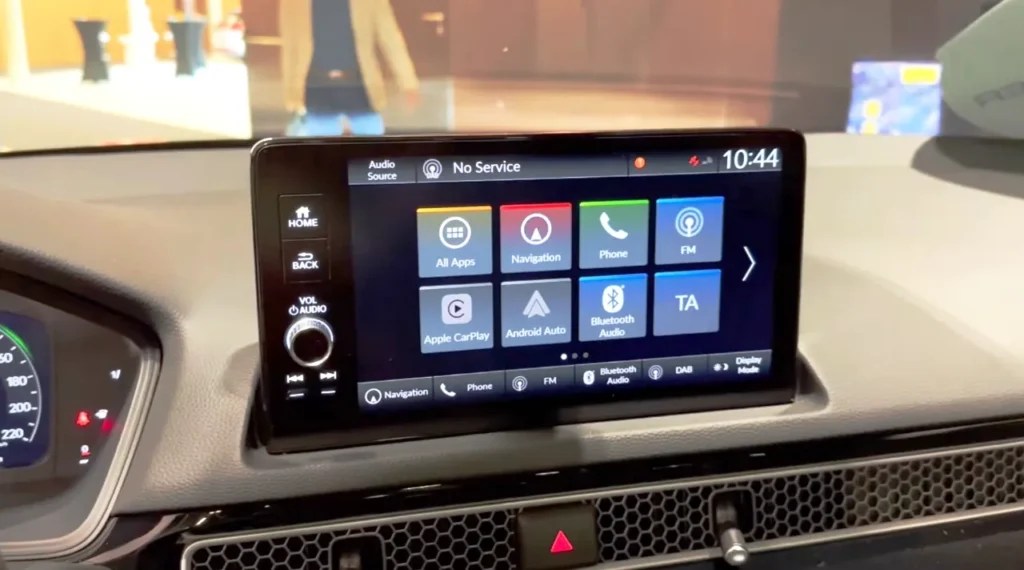
Pros and Cons
Pros:
- Legendary dependability with excellent resale value
- Premium-quality cabin at a mainstream price
- Hybrid model combines efficiency and performance
- Advanced safety tech standard
- Numerous trims for various buyers
Cons:
- No all-wheel drive model
- No Type R Civic announcement yet
- Top trims edge into entry-luxury territory
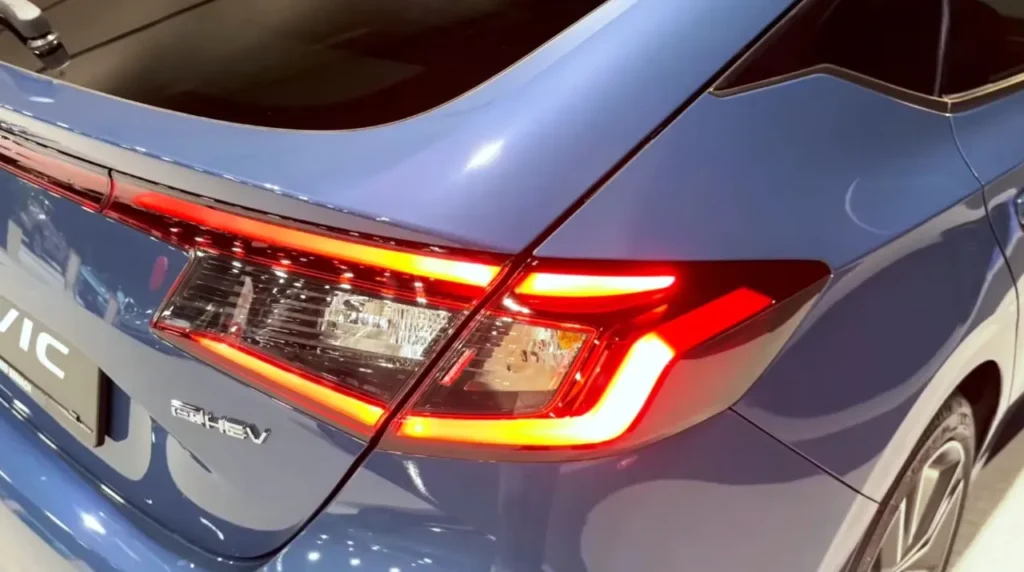
Final Verdict – Why the Civic Still Rules
For 2026, the Civic might have opted for the safe route — another rehash of a winning formula. Honda instead chose to meaningfully update it. The hybrid model future-proofs it, the Si keeps enthusiasts happy, and the safety suite protects families.
It’s stylish without being shouty, practical without being boring, and efficient without being joyless. That balance is rare in today’s market.
Answer: If you’re asking whether the 2026 Honda Civic is worth buying, the answer is simple: it’s still the compact car benchmark. In a market full of compromises, the Civic remains the car that does it all.
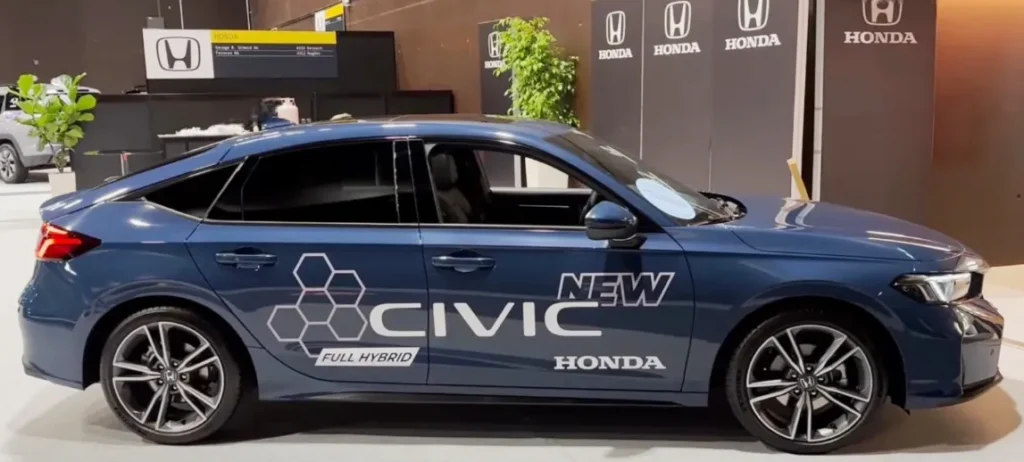
FAQ – 2026 Honda Civic
Q: What’s new in the 2026 Honda Civic?
A: The 2026 model introduces a more refined design, hybrid powertrain option, improved interior materials, and additional advanced safety features.
Q: How efficiently does the 2026 Civic Hybrid get?
A: Real-world estimates indicate nearly 50 mpg combined, one of the most fuel-efficient cars in its segment.
Q: Is the Civic Si still manual in 2026?
A: Yes — Honda still offers the Si only with a 6-speed manual transmission.
Q: Does the 2026 Civic come with AWD?
A: No, all trims are front-wheel drive only.
Q: When does the 2026 Civic go on sale?
A: Sales start in late 2025 in North America, followed by global rollout over 2026.
Q: Is the Civic still a good family vehicle?
A: Yes. With robust safety features, great reliability, and useful space, it is still one of the best family-oriented compact cars
